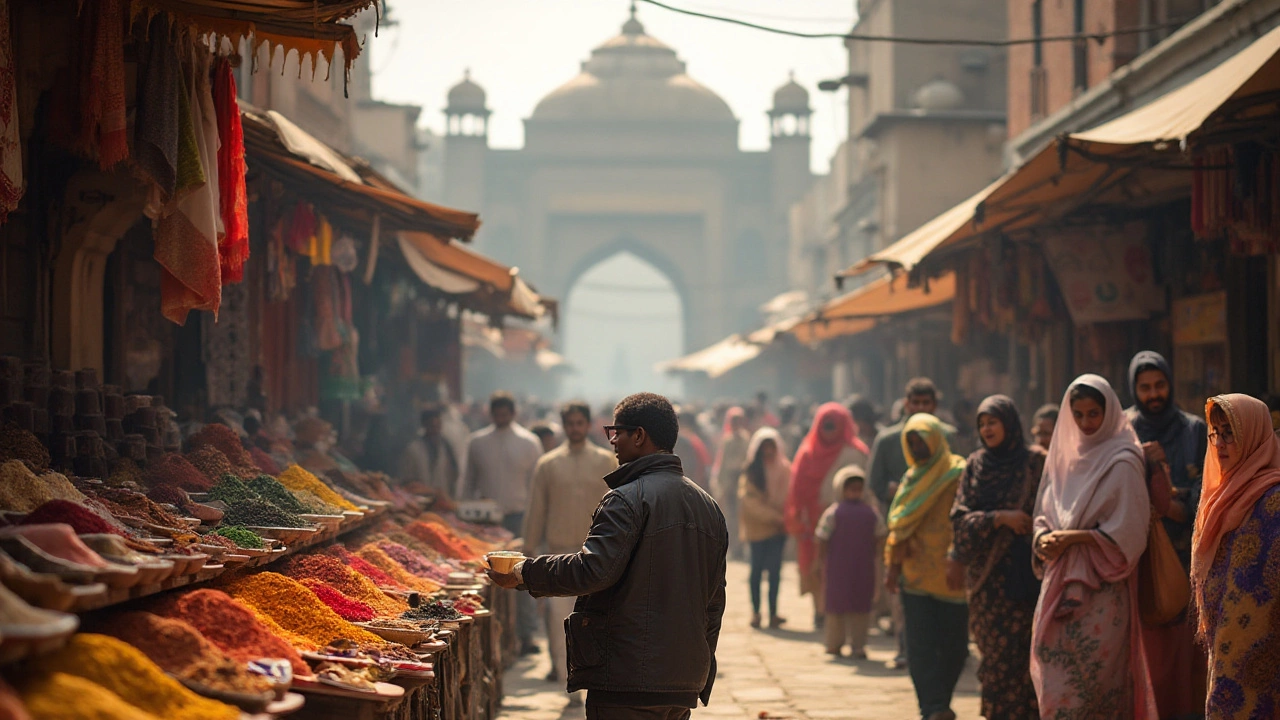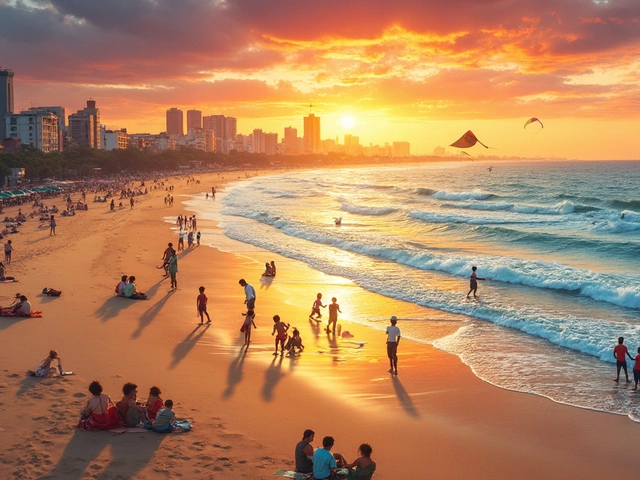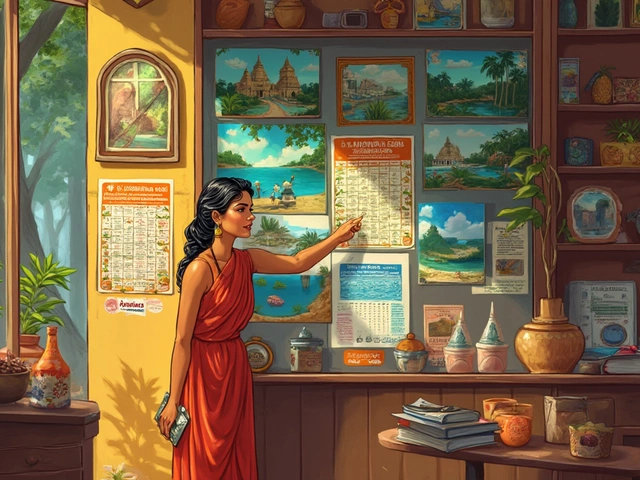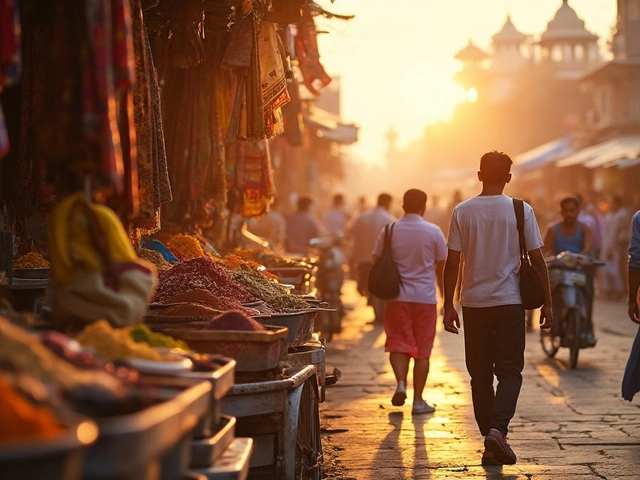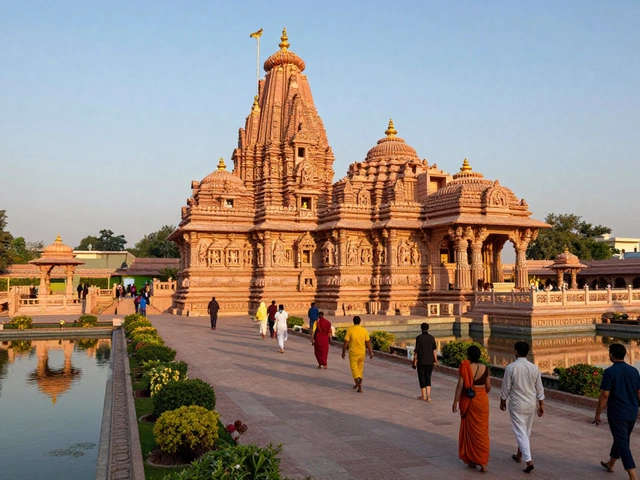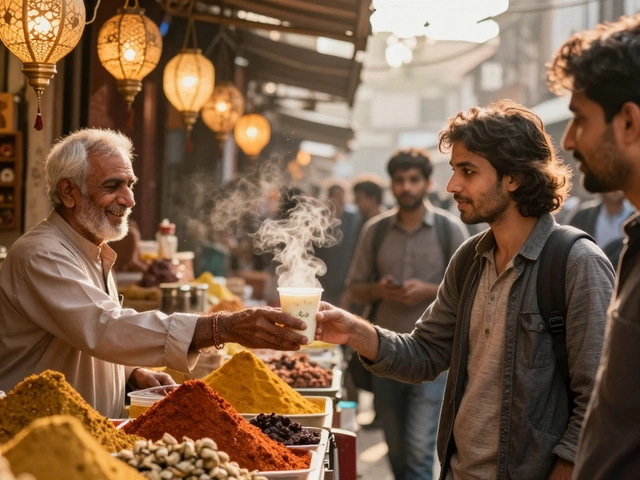India, famous for its diversity of cultures, languages, and landscapes, is a country that invites curiosity and awe. Whether you find yourself mesmerized by the historical richness of North India or enchanted by the serene beauty of South India, each region offers its own unique charm and challenges. A frequently asked question by those keen on exploring this subcontinent is about the safety of its different areas.
In order to plan an enriching and secure journey, it is essential to understand the regional dynamics that play into safety concerns. This involves examining crime statistics, observing cultural idiosyncrasies, and keeping abreast of local protocols. From the bustling streets of Delhi to the picturesque beaches of Kerala, each destination has its own set of characteristics that can impact your travel experience.
By considering these factors and equipping yourself with practical safety tips, you can ensure a memorable and secure adventure through the colorful tapestry of North and South India. Let's embark on a journey to unravel the safety landscapes of these two captivating regions.
- Understanding Regional Differences
- Crime Rates and Safety Statistics
- Cultural Nuances and Local Perceptions
- Practical Safety Tips for Travelers
- Healthcare and Emergency Services
Understanding Regional Differences
India's immense geographic expanse and cultural tapestry present travelers with distinct regional experiences. In the North, mighty mountain ranges such as the Himalayas not only create mesmerizing landscapes but also shape regional climates, making places like Himachal Pradesh and Uttarakhand famous for their snow-capped peaks and vibrant hill stations. This cold climate contrasts starkly with the intense heat found in Rajasthan's Thar Desert, seamlessly combining spirituality amidst golden sands and ancient fortresses. The North is also home to lively cities like Delhi and Agra, which bear the legacy of historic empires through awe-inspiring monuments like the Red Fort and the Taj Mahal.
In contrast, South India boasts verdant hill stations like Munnar and Coorg and extensive coastlines dotted with idyllic beaches, such as those found in Goa and Kerala. The region's tropical climate embraces lush greenery and elaborate temple cities like Madurai and Thanjavur, each narrating a tale of its Dravidian architecture. The delectable South Indian cuisine, celebrated for its unique spices and flavors, adds an irresistible gastronomic charm. This regional diversity significantly influences cultural perceptions, shaping unique traditions, festivals, and daily rituals that set apart life in the North India from South India.
Despite their differences, both regions share some common threads. Family plays an essential role across India, and in many areas, you’ll find a warm, communal approach to life. Still, these differences are critical to understanding regional dynamics. A traveler recounted on their blog, "The warmth I experienced in South India, especially during Onam celebrations, is something I have yet to find elsewhere. Conversely, the grandeur and fervor of North India's Holi left a lasting impression on the vibrancy of life in the north." This reflection illustrates the rich tapestry of experiences both regions offer.
Given the variety, it is vital to tailor your itinerary based on your interests. If historical sites and colder climates pique your curiosity, the northern regions might call to you. Adventure enthusiasts frequently head to North India's Rishikesh or Manali for their adrenaline-fueled escapades. For those yearning for a tranquil, laid-back environment, and love for backwater explorations, the south provides ample options. Nature enthusiasts indulge in the serene backwaters of Alleppey or the tranquil beaches of Pondicherry. Understanding these regional characteristics not only promises a tailored travel experience but aids significantly in making informed safety choices as one navigates through these ancient landscapes.
Crime Rates and Safety Statistics
When assessing the safety of traveling through India, it's vital to compare the crime rates and understand the nuances of different regions. North India, with its vibrant cities such as Delhi and Jaipur, often draws attention for its historical architecture and rich cultural tapestry. However, it's also known for higher reported crime rates compared to many parts of South India. This can be partly attributed to dense populations and urban problems that accompany large cities.
In Delhi, the capital city, petty thefts and street crimes are more prevalent, leading travelers to exercise caution, especially during late hours. Reports from the National Crime Records Bureau (NCRB) indicate that crimes such as chain-snatching and pickpocketing take place more frequently here. In contrast, South Indian cities like Hyderabad and Chennai generally report lower rates of violent crimes, creating an environment that many travelers find more relaxed.
Crime Patterns and Regional Differences
The diversity in crime rates doesn't solely depend on urbanization but is often influenced by cultural differences as well. The southern states, known for their tranquil lifestyles and strong community bonds, often reflect lower crime rates. Kerala, for instance, repeatedly lands high on the list of safe destinations due to its traditionally matriarchal society and respectable literacy rates. While it's essential to remain aware of digital fraud and scams that can occur anywhere, the warmth of the local communities in South India often translates to an open-arms approach for tourists.
In assessing safety, it’s useful to look at the approachable health care and emergency services available, which are usually well-staffed and efficient in both regions. As highlighted in a recent travel safety study, "India's healthcare system, though diverse and complex, provides timely emergency care due to its rapid communications network," states a report by The Tourism Authority. To ensure a safe journey, travelers are encouraged to keep local emergency numbers handy and register with local embassies when needed.
Statistical Comparisons
It's interesting to note that while some North Indian states might showcase higher figures in property crimes, the hospitality and kindness of people can lend a different narrative once you've touched down. The sense of alertness shouldn't overshadow the enriching experiences both North and South India have to offer. By being aware of the specific challenges and embracing common safety practices, you can navigate the vibrant pulse of these regions. It’s all about striking the delicate balance between caution and adventure. Be prepared but also curious—as the beauty of India lies in its complex spectrum of both.
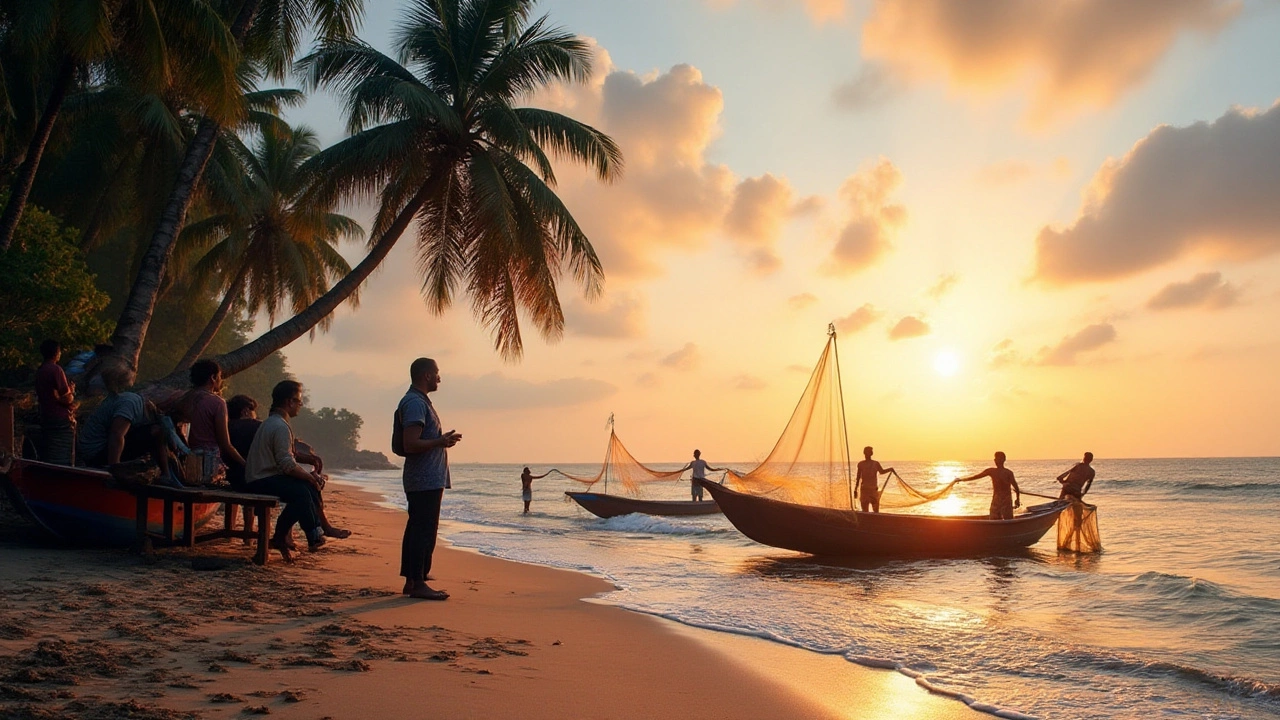
Cultural Nuances and Local Perceptions
India’s cultural diversity often leaves travelers in awe, with its vast array of languages, traditions, and customs that are deeply rooted in its fabric. As you journey from North to South, you will notice distinct differences that stem not only from geography but historical influences as well. In North India, cities like Delhi and Jaipur exhibit a majestic blend of Mughal and Rajput architecture. This region is known for its lavish festivals, such as Diwali and Holi, where vibrant colors and lights bring the streets to life. The people here are often perceived as assertive and direct, a reflection of an urban culture where fast-paced living is the norm.
In contrast, travel to the South and you'll find a more laid-back atmosphere. Southern states like Kerala and Tamil Nadu boast lush landscapes and a serene environment, often captured in the melodious strains of Carnatic music and the graceful movements of Bharatnatyam dance. The hospitality here is remarkably warm, with the local population known for their humility and gentle demeanor. People often find solace in temples where daily rituals and festivals reflect the deep spiritual ethos of the region. The culinary landscape changes too, with South Indian cuisine featuring dishes rich in coconut and spices, accompanied by the ubiquitous rice.
The interplay of cultural nuances between North and South India also extends to perceptions of safety. In the North, large cities may sometimes get a bad rap for scams targeting unsuspecting tourists, often perpetuated by individuals trying to earn a quick buck from the influx of travelers. Being savvy and learning to recognize potential traps will go a long way in ensuring a smooth experience. In the South, safety concerns tend to revolve around the natural elements, with the coastal regions experiencing monsoons that can disrupt travel plans. Weather awareness is crucial for navigating through this enchanting region safely.
Understanding the cultural backdrop can greatly enhance your travel experience, allowing you to navigate with respect and appreciation.Practical Safety Tips for Travelers
Embarking on a journey across the colorful lanes of India can be an exhilarating experience filled with sights, sounds, and surprises. However, like any new adventure, it's crucial to take steps to ensure your well-being. Whether you're wandering the chaotic markets of Delhi or enjoying the tranquil backwaters of Kerala, staying alert and informed is key. First and foremost, always pay attention to your surroundings. This might seem basic, but in the hustle and bustle of Indian cities, it's easy to get distracted. Be it a busy bazaar or a bustling train station, knowing what's happening around you can help prevent petty thefts and mishaps. Carry your bag close to your body and beware of pickpockets, especially in crowded areas.
While India is generally a warm and hospitable country, it's wise to respect local customs and dress conservatively, especially in rural areas. This is not just a sign of respect, but it also keeps you from attracting unnecessary attention. Amidst the diverse wonders of North India and South India, blending in with locals in terms of attire can enhance your travel experience. Road safety is another major consideration. Indian roads can be quite unpredictable, with varied driving standards. If you're planning on renting a vehicle, familiarize yourself with local traffic rules and consider hiring a local driver if you're unsure about navigating the roads yourself.
Health and Wellness
Staying healthy while on the move is essential. Avoid consuming street food unless you're confident in its hygiene, and always stick to bottled water. Dehydration and food poisoning can severely hamper your trip, so it's crucial to remain cautious. Carry basic medications for common ailments and ensure you have necessary vaccinations before traveling. Make it a habit to sanitize your hands frequently, especially after touching commonly handled surfaces.
A seasoned traveler once said, "The key to feeling safe in a foreign land is not fear, but preparation." Adopting this mindset ensures not just safety, but a fulfilling and enriching journey.It's equally important to keep communication lines open. Notify someone about your travel plans and maintain regular contact with friends or family back home. Having a local SIM card can be very helpful, allowing easy access to maps and emergency contacts. Lastly, ensure that mental preparedness accompanies your physical preparations. An open mind and a calm demeanor can sometimes be your best allies in situations of uncertainty. By taking these practical steps, you set the foundation for an enjoyable and secure exploration of all that India travel safety has to offer.
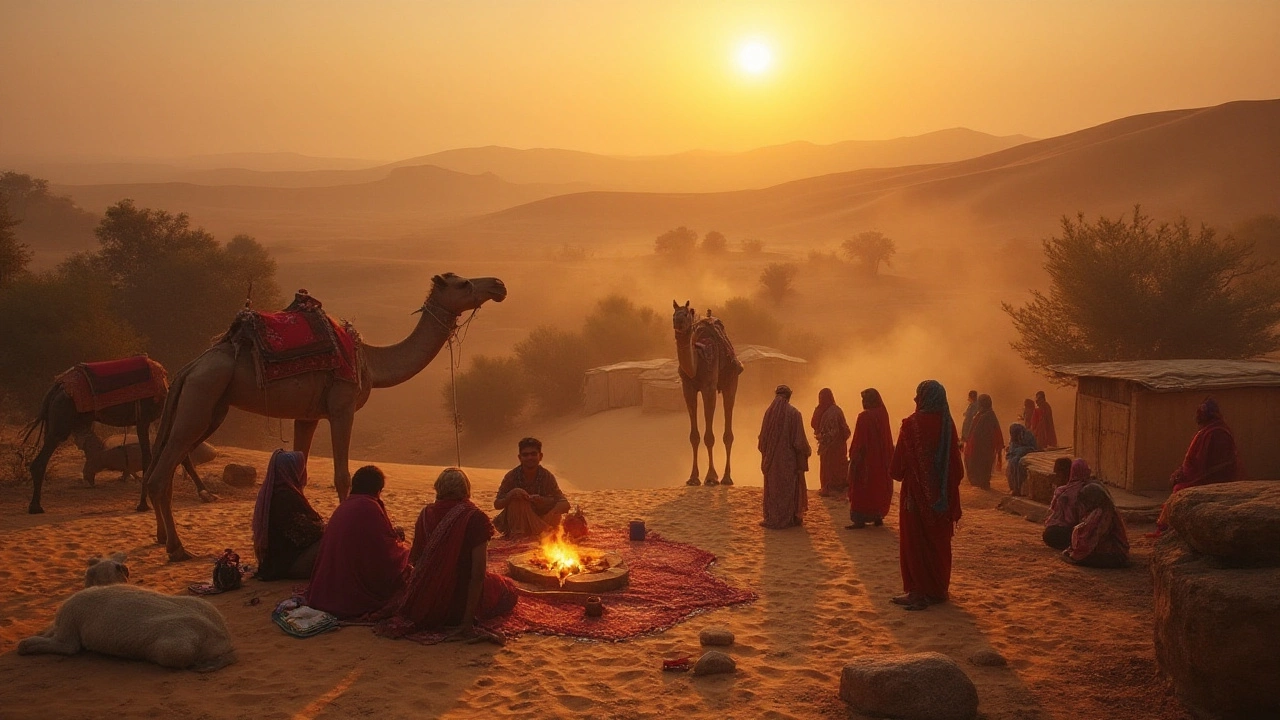
Healthcare and Emergency Services
When considering a trip to India, knowing about the healthcare systems and emergency services in both North India and South India is crucial for maintaining peace of mind. The country boasts a mix of public and private healthcare facilities, with metropolitan areas generally providing better infrastructure and resources compared to rural regions. In the north, cities like Delhi and Jaipur offer a variety of hospitals that cater to international standards, with many doctors trained abroad, offering specialized services. South India, on the other hand, with its medical hubs such as Chennai and Bengaluru, is renowned for medical tourism, due to its advanced facilities and world-class healthcare professionals.
In an emergency situation, quick access to healthcare is vital. Most North Indian cities have well-established networks of hospitals; however, traffic congestion and urban density can sometimes make transportation challenging. In contrast, South Indian cities often have better roads and accessibility, which might expedite emergency services. The government has also improved the availability of ambulances and paramedic services across the regions, though private hospitals usually provide faster response times. Tourists are advised to identify nearby hospitals in advance and have a basic understanding of local healthcare protocols. Remember, travel insurance that covers medical emergencies is a wise investment and provides an extra layer of protection during your journey.
For minor ailments, it is always helpful to carry a medical kit. Most pharmacies across India stock over-the-counter medications readily, so sourcing them isn't typically problematic. However, some medications might differ in branding or composition. It is advised to have an understanding of generic names to avoid confusion. Major urban centers in India also house English-speaking staff in most healthcare institutions, making communication less of a barrier for international travelers.
According to the National Institute of Health and Family Welfare, preventive health services in India have grown, aiming to reduce the incidence of preventable illnesses. Strategies such as immunization camps and health awareness programs are carried out, which reduces the burden on emergency services.
"Travellers to India should ensure they are up-to-date with routine vaccines while also considering vaccines for Hepatitis A and Typhoid," says Alice Smith, a trusted travel health expert.Road safety and accident-related injuries also remain a significant issue throughout India. Travelers need to exercise caution when using public transport or rented vehicles. It’s beneficial to be aware of local traffic laws and opt for reputable transport services.Lastly, understanding the non-emergency services can also add value. Services like medical check-ups, dental care, and wellness programs are easily accessible in both North and South India. With such robust systems in place, traveling through these vibrant regions can be a safer and more physically secure experience, provided one takes the necessary precautions.
